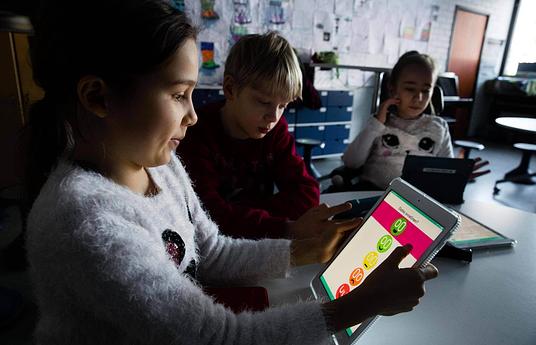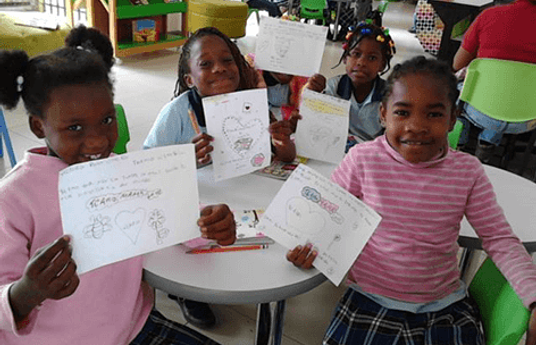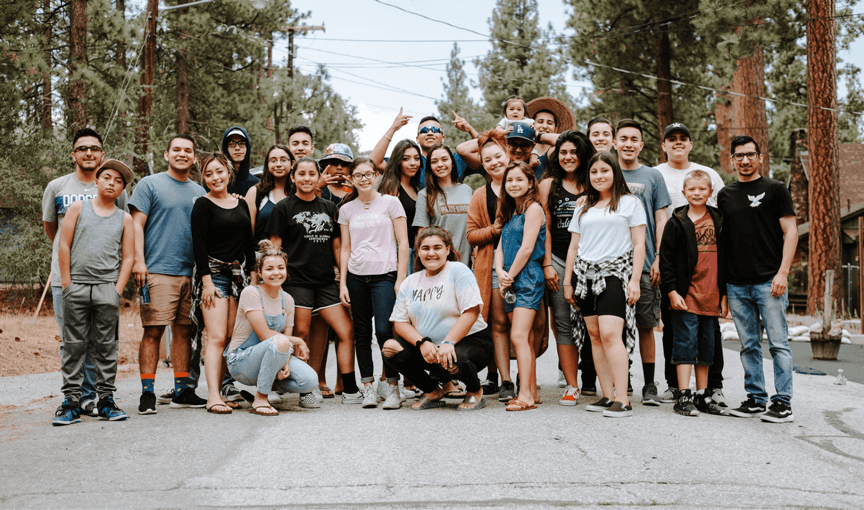The ever-evolving nature of our world demands that individuals possess the ability to respond to the changing needs of society by becoming active, dynamic and independent learners. With a focus on learning how to learn, we equip individuals to be self-driven learners while also helping them cultivate the aesthetic mindset of ‘care’ so that they may contribute positively to the world around them.
The Bhutan Baccalaureate Learning Process and Curriculum is rooted in the wholistic development of learners across Five Areas of Development. In keeping with the spirit of learning how to learn, rather than what to learn, the cultivation of Skills, Processes, & Watermarks in the Five Areas form the benchmarks against which learning is assessed and reported.
The Backstories of learners - their experiences, strengths, challenges, and aspirations - are collected and used to contextualise the Learning Process and Curriculum. Learners also design Individual Roadmaps, allowing them to raise the bar and take ownership of their own learning. The Individual Roadmaps feed into Mentor-Group Roadmaps, then Domain Roadmaps, the Five Area of Development Roadmaps, eventually culminating in the School Roadmap.
A short video on The Five Areas of Development can be found here
In 2021, the Ministry of Education and Skills Development of Bhutan adopted the Bhutan Baccalaureate as the driving force behind Education Reforms in the country. As of this year, 24 schools across Bhutan have adopted the Bhutan Baccalaureate.
Contextualisation has always been at the heart of the Bhutan Baccalaureate. Each of the 24 schools have used their Learner Backstories to guide the development of their School Roadmaps. All schools collected responses from parents and community members to the question ‘What do you want your children to learn?’, the insights of which have been used to contextualise the Bhutan Baccalaureate Curriculum to each school.
The Five Areas of Development have also been adopted by Pallavan School, Jhalawar, India and Paradise Valley school, Oman.
Please contact the Druk Gyalpo’s Institute, Bhutan, if you would like to learn about the Bhutan Baccalaureate or explore opportunities for collaboration.
Visit our website: https://dgi.edu.bt/, where you can interact with our chatbot or contact us dgi@academy.bt



